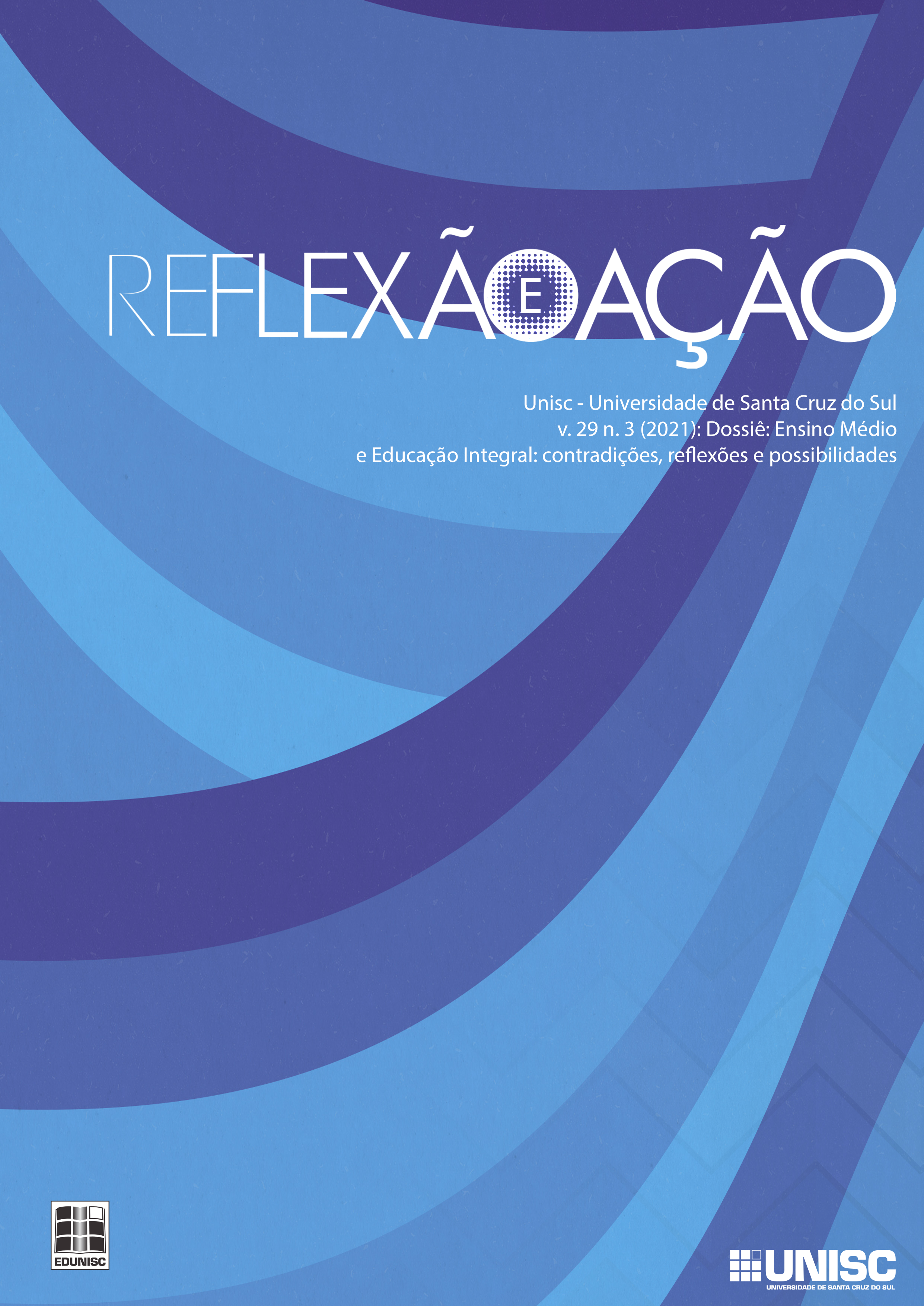Transliteracy: Learning and autonomy paths regarding desplacements in education
DOI:
https://doi.org/10.17058/rea.v29i3.14354Keywords:
Education, Lifelong learning, Literacy, TransliteracyAbstract
This article proposes reflections on transliteracy (FRAU-MEIGS), contextualizing it as a possible approach to social practices of lifelong learning that are critical, situated, and capable of appropriating new literacies generated by the technological informational-media culture of the 21st century, among a scenario of continuous dismantling and displacement of existing educational structures (GADOTTI). It starts from a transdisciplinary debate, in the interlocution between education, languages, technologies, media and the multiple hypermedia systems that act in contemporaneity and that affect learning (BUCKINGHAM). The article systematizes different perspectives on transliteracy, in a context in which the pillars and values of “permanent education” for adults have lost space to those of “lifelong learning”. This idea, guided by predominantly market interests, legitimizes the lesser responsibility of States and transfers to individuals the obligation to constantly learn. Transliteracy is about being fluent in different languages, modalities, channels, and technologies, allowing the individual to mobilize as many literacies as necessary in their situated and permanent learning paths.
Downloads
Downloads
Published
How to Cite
Issue
Section
License
The submission of originals to this journal implies on the transference, by the author(s), of the printed and digital publishing rights. The author´s rights to the published articles are the author´s, the journal has the rights over the first publication. The author(s) can only use the same results in other publications, indicating clearly that this journal was the original publisher. Since we are an open access journal, the free use of articles is permitted for educational and scientific applications, as long as they inform the source according with the CC-BY license from Creative Commons.


